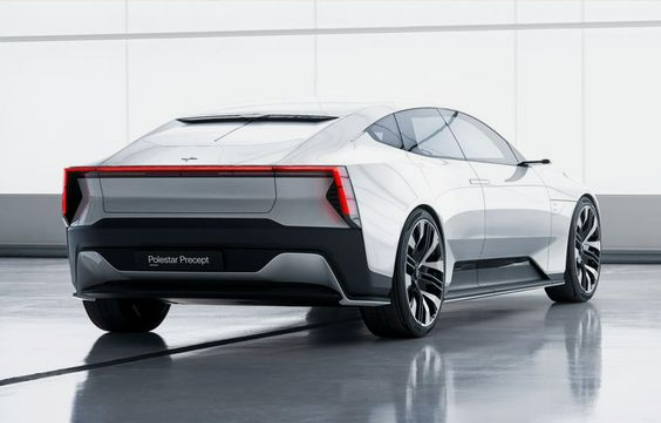
Types of Electric Vehicles: BEV, HEV, PHEV
Electric vehicles use lithium-ion batteries, produce zero tailpipe emissions, but face challenges like limited charging, cost, and battery degradation.

Electric vehicles use lithium-ion batteries, produce zero tailpipe emissions, but face challenges like limited charging, cost, and battery degradation.
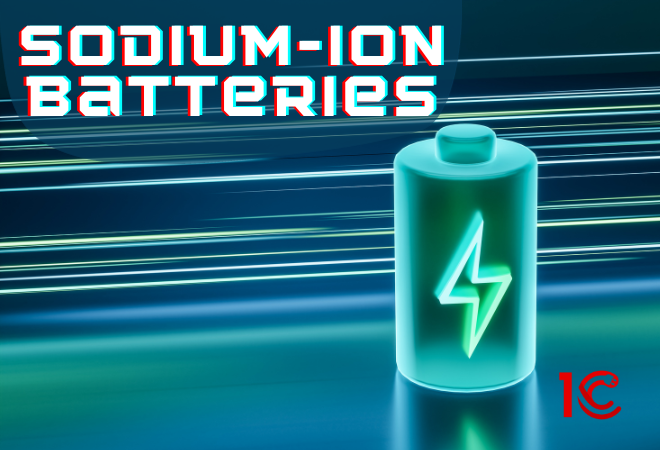
Top Sodium-ion battery makers in India: Faradion, AGM Batteries, NGK Insulators. Safer than lithium-ion, 30% cost savings for EVs, vital for renewable energy storage.

India moves toward electric vehicles, but challenges persist. Progress is seen, but readiness for 2024 requires ongoing work on infrastructure, cost, and awareness.
Hybrid cars blend gas and electric power for efficient driving. They use both engines by saving fuel and reducing emissions. Learn its working and their pros and cons.

Tata Motors Growth Focus on No emission vehicle, can hybrid overcome Pure EV, what is Hybrid Vehicle?
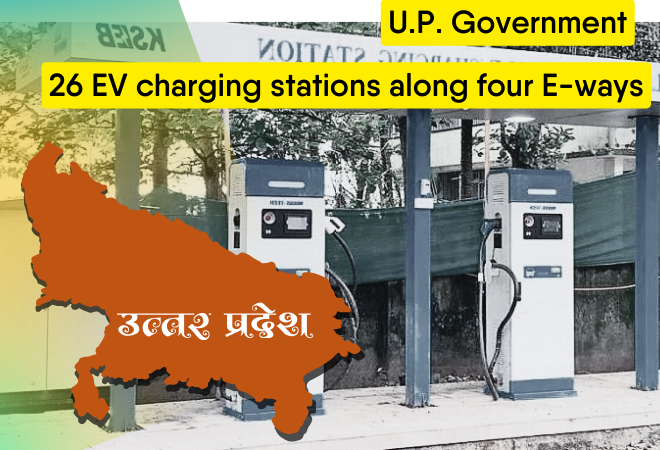
U.P. Government, under Yogi’s leadership, to set up 26 EV charging stations along major expressways, promoting sustainability and boosting business growth.

Macquarie, an Australian financial institution, aims to participate in India’s credit sector by establishing a non-banking financial company (NBFC) as part of its electric vehicle

EV is cost effective than fuel vehicle. Know the cost benefits and different methods of charging an EV at home and public spots in India 2024. Call us for Ev charging solutions.
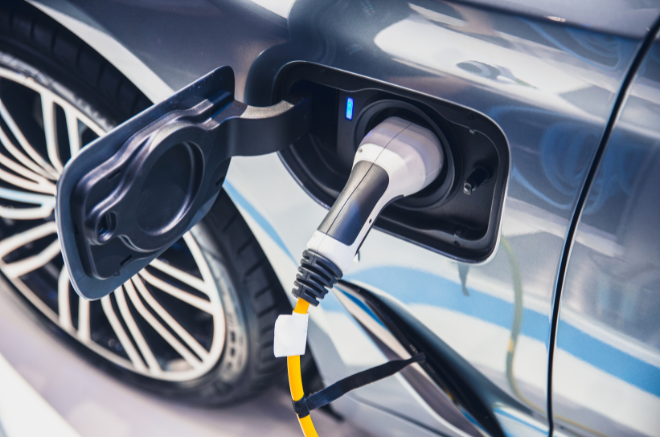
Understanding AC vs DC charging for electric vehicles. Consider speed, location, and battery health for an informed choice.
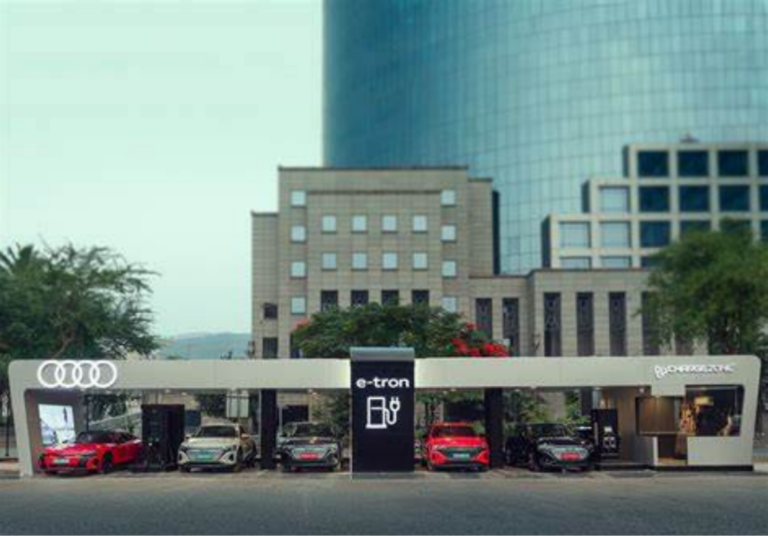
Audi’s Mumbai fast-charging hub, a game-changer in EV tech, sets new standards. Quick charging, big batteries, and green energy lead the industry shift.
Managed and owned by Massive Mobility Pvt. Ltd.,
Plot No. 2, Spring House Coworking, third floor, Sector-43, Gurugram, Haryana – 122002.
© 2024 Massive Mobility Private Limited. All rights Reserved